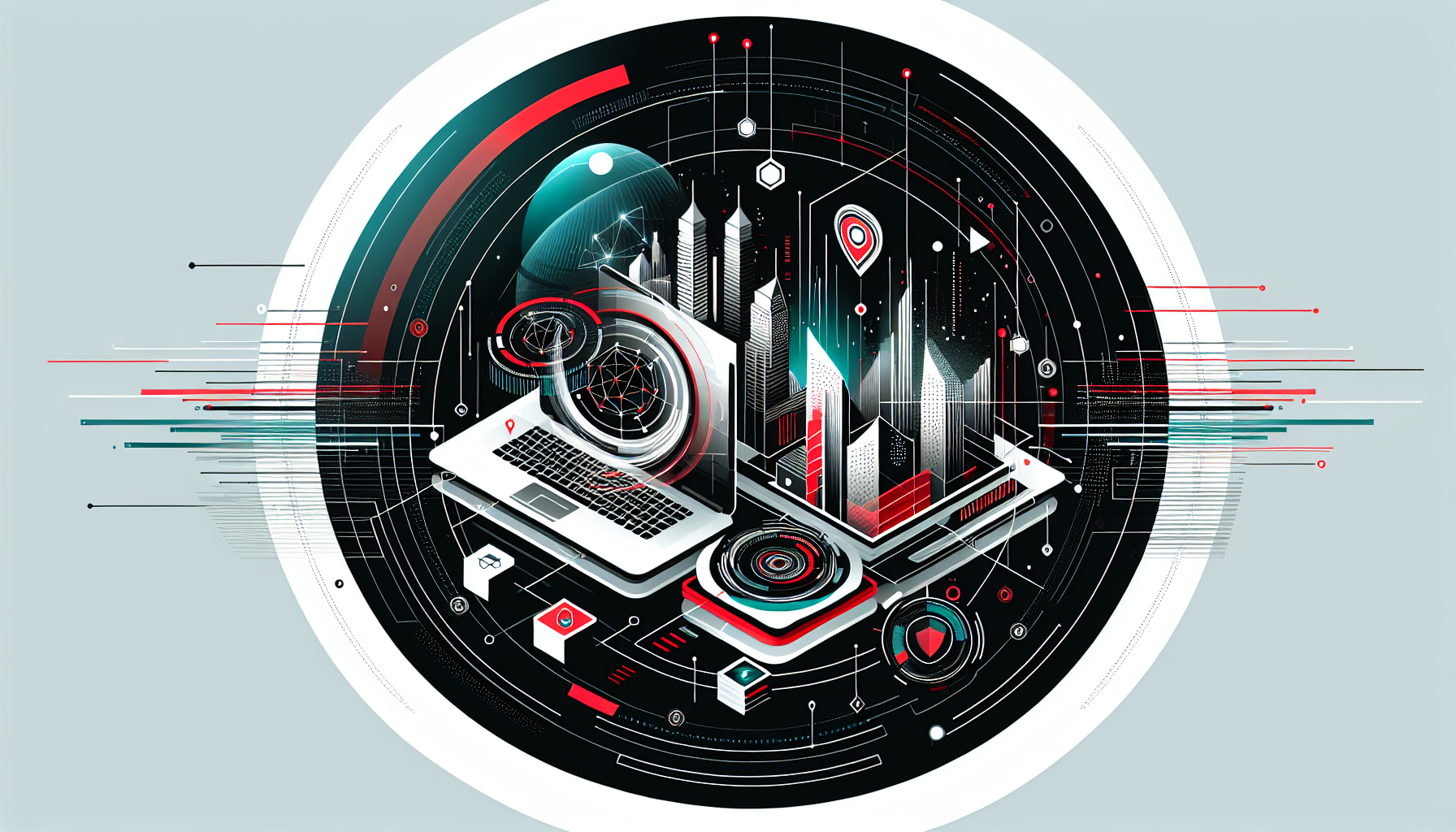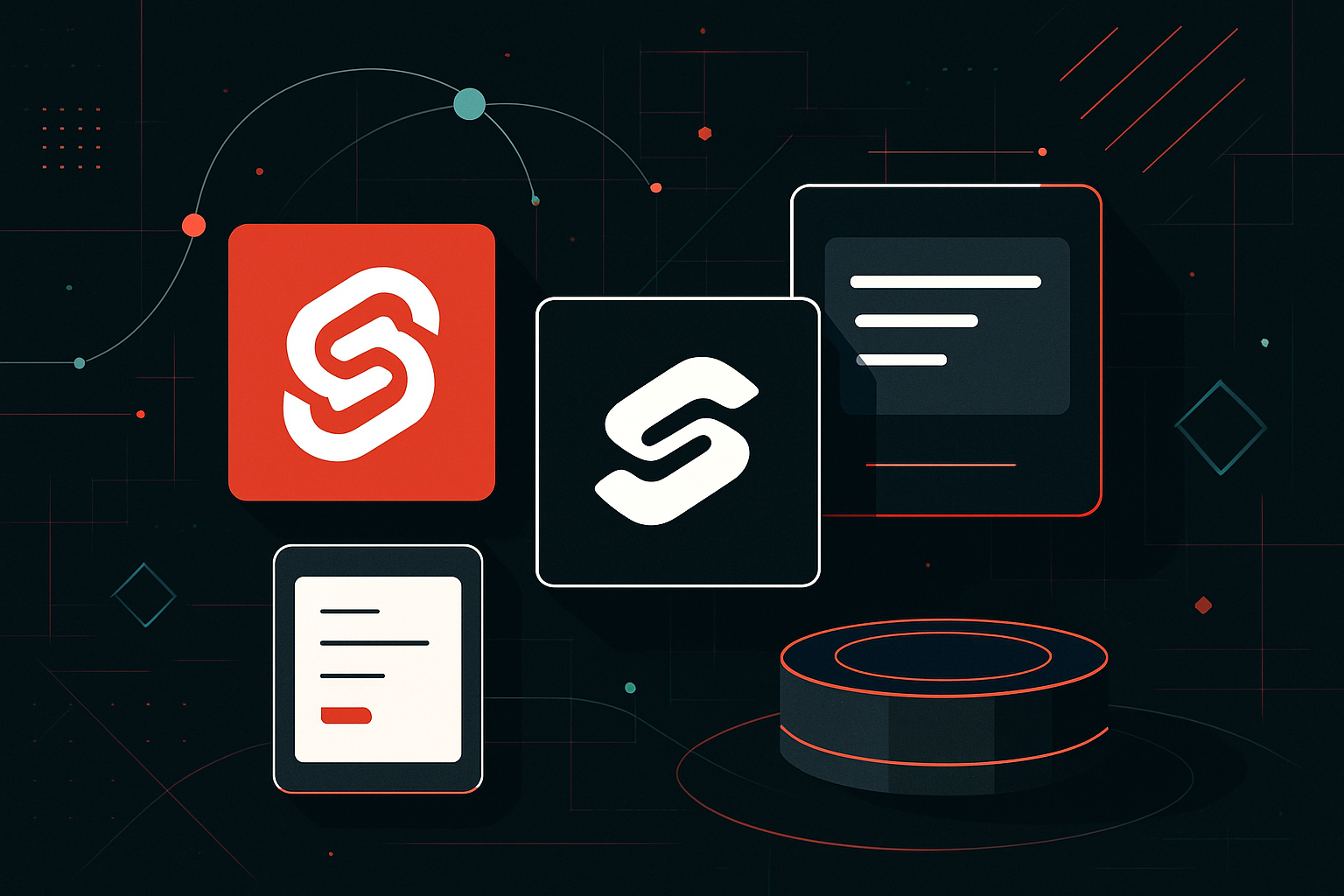Cybersecurity Trends Shaping the Future

Emerging Cybersecurity Trends
The cybersecurity landscape is evolving rapidly, driven by technological advancements and increasingly sophisticated cyber threats. Staying ahead of these trends is crucial for organizations seeking to protect their assets and maintain customer trust. This article explores the key cybersecurity trends shaping the future, offering actionable insights and practical guidance.
1. Zero Trust Architecture
What is Zero Trust?
Zero Trust is a security model that assumes no user or device, inside or outside the network, should be trusted by default. Every access request is verified, authenticated, and authorized, regardless of the source.
Implementation Steps
-
Identify Critical Assets: Begin by identifying and categorizing data and systems based on their criticality and sensitivity.
-
Micro-Segmentation: Divide the network into smaller segments to contain potential breaches.
“`python
# Example of setting up network segmentation using Python
import netfilter
def create_segment(segment_id, resources):
netfilter.add_chain(segment_id)
for resource in resources:
netfilter.add_rule(segment_id, resource)
create_segment(‘finance’, [‘192.168.1.10’, ‘192.168.1.11’])
“`
-
Strong Authentication Mechanisms: Implement multi-factor authentication (MFA) for all access requests.
-
Continuous Monitoring: Deploy systems for real-time monitoring and anomaly detection.
Benefits and Challenges
| Benefits | Challenges |
|---|---|
| Improved security posture | Complexity in implementation |
| Reduced attack surface | Requires cultural shift |
| Enhanced compliance | Potential performance issues |
2. Artificial Intelligence and Machine Learning
Role in Cybersecurity
AI and ML are pivotal in detecting and responding to threats faster than traditional methods. They analyze vast amounts of data to identify patterns indicative of potential threats.
Use Cases
- Threat Detection: AI models can identify anomalies in network traffic indicative of cyber threats.
“`python
from sklearn.ensemble import IsolationForest
# Sample data for network traffic
data = [[0.2, 0.3], [0.1, 0.4], [0.9, 0.8]]
clf = IsolationForest(contamination=0.1)
clf.fit(data)
anomalies = clf.predict([[0.9, 0.9]])
print(f”Anomalies detected: {anomalies}”)
“`
- Phishing Detection: AI can analyze emails for phishing characteristics, reducing the risk of attacks.
Benefits and Risks
| Benefits | Risks |
|---|---|
| Faster threat detection | Risk of adversarial attacks |
| Reduction in false positives | Over-reliance on AI |
| Scalability | Data privacy concerns |
3. IoT Security
Challenges and Solutions
The proliferation of IoT devices introduces new security challenges. These devices often lack robust security features, making them attractive targets for attackers.
-
Device Authentication: Implement strong authentication protocols to ensure only authorized devices connect to the network.
-
Firmware Updates: Regularly update device firmware to patch vulnerabilities.
-
Network Segmentation: Isolate IoT devices on separate network segments to contain breaches.
Example Configuration
# Example of configuring a firewall for IoT devices
iptables -A INPUT -s 192.168.1.0/24 -j ACCEPT
iptables -A INPUT -s 192.168.2.0/24 -j DROP
Key Considerations
| Consideration | Description |
|---|---|
| Device diversity | Different protocols and standards complicate security management. |
| Limited resources | IoT devices often have limited computational power for security features. |
| Physical security | Devices can be physically accessed and tampered with. |
4. Ransomware Evolution
Current Landscape
Ransomware attacks continue to evolve, with attackers employing sophisticated techniques such as double extortion, where data is not only encrypted but also exfiltrated.
Mitigation Strategies
-
Regular Backups: Ensure regular, offline backups of critical data to facilitate recovery without paying the ransom.
-
Network Defenses: Use firewalls and intrusion detection systems to prevent initial access by ransomware.
-
User Training: Conduct regular training sessions to educate employees about phishing and other social engineering tactics.
Example Backup Script
# Sample script for automated backups
rsync -av --delete /source/directory /backup/directory
Impact and Response
| Impact | Response |
|---|---|
| Data loss | Maintain offline backups |
| Operational disruption | Develop and test incident response plans |
| Financial loss | Consider cyber insurance |
5. Cloud Security
Challenges in Cloud Environments
As organizations migrate to the cloud, security challenges arise, including data breaches, misconfigurations, and insecure APIs.
Best Practices
-
Identity and Access Management (IAM): Implement robust IAM policies to limit access to cloud resources.
-
Encryption: Encrypt data both at rest and in transit to protect against unauthorized access.
-
Security Configuration: Regularly audit and update security configurations for cloud services.
Cloud Security Tools
| Tool | Function |
|---|---|
| AWS GuardDuty | Threat detection |
| Azure Security Center | Security management |
| Google Cloud Security Command Center | Asset visibility and threat detection |
By adopting these trends and implementing the associated strategies, organizations can significantly enhance their cybersecurity posture, safeguarding against an increasingly complex threat landscape.





0 thoughts on “Cybersecurity Trends Shaping the Future”